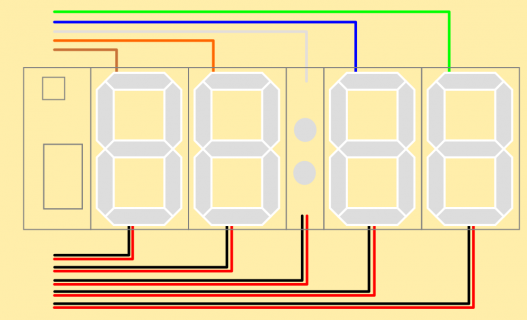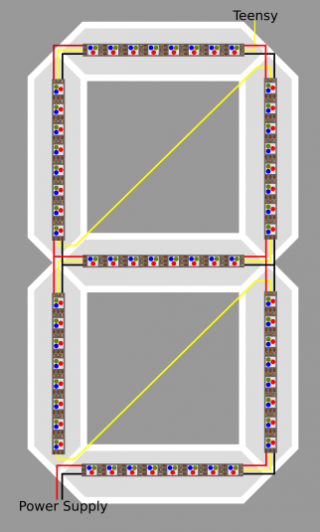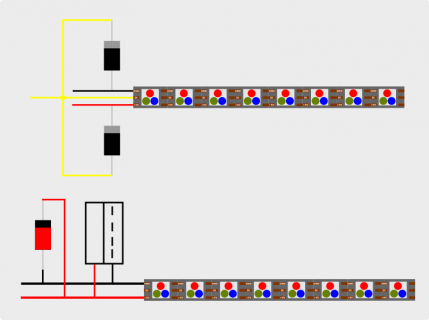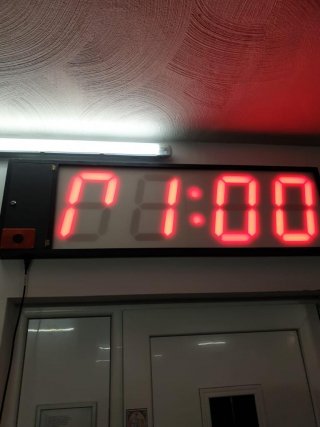Hi!
Some remember my old posting about building a 7 segemnt crosstimer.
It's working fine since then, but now I'm thinking of building version 2.
I had some issuses with the first led and the power, which I try to solve in this version.
I don't have a power switch or something else. I always pull the plug.
First of all this is the layout of the whole timer

As you can see I have power at the bottom and data on top. The overall length is about 2m (79in).
Each 7 segement is wired as followed

More photos are in the old thread linked at top.
My Ideas for Protection

Thanks for your help and thoughts!
Some remember my old posting about building a 7 segemnt crosstimer.
It's working fine since then, but now I'm thinking of building version 2.
I had some issuses with the first led and the power, which I try to solve in this version.
I don't have a power switch or something else. I always pull the plug.
First of all this is the layout of the whole timer

As you can see I have power at the bottom and data on top. The overall length is about 2m (79in).
Each 7 segement is wired as followed

More photos are in the old thread linked at top.
My Ideas for Protection

- To protect the LED strip from the data side I would use two Schottkydiodes with a small Uf = 0.1V on every segement
- On the power side I would put a capacitor (1000uF or more) and a Zenerdiode (5.1V)
- Also a capacitor on the 74HCT245
Thanks for your help and thoughts!


